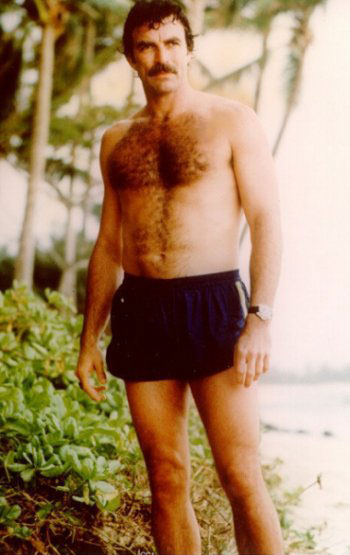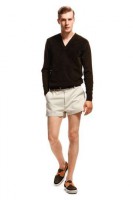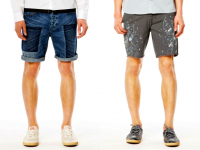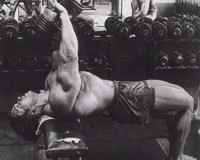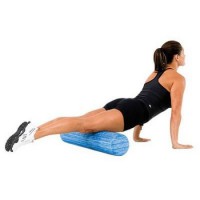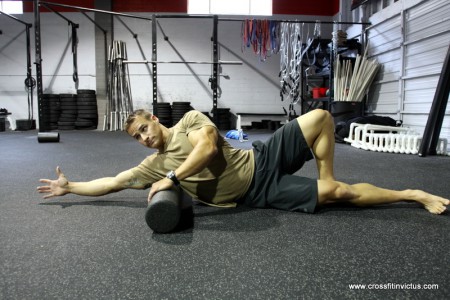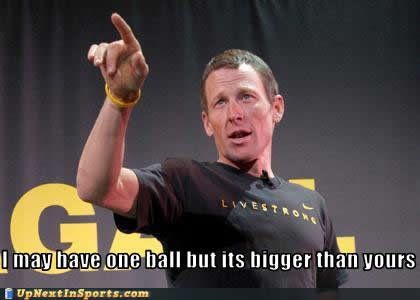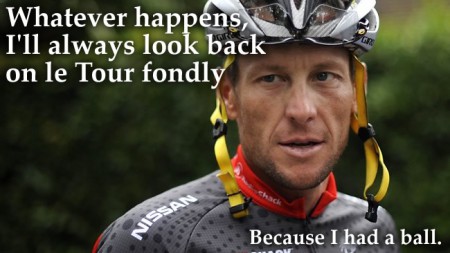Mondays are devoted to female topics.
Women are complicated. If the hormone function of a male is complex, then the function of a female is worse than quantum physics. This isn’t a dig on women; it’s just that biochemistry and endocrinology are incredibly dense and not fully understood, and the nature of the female gender makes it even more opaque. Despite all the things we know about life and the human body, there is a still a lot of unknown.
Prescribing drugs and medications has become the norm in modern “health”. A drug may have an effect on one thing, but undoubtedly fiddles with other biochemistry to produce ill side effects. Drugs can work on neurotransmitters, hormones, or hundreds of other functions like enzymatic processes. When going on or off drugs, it can take several months for the body to normalize into a new ‘concept’ of homeostasis. Remember that the “stress/adaptation” process is constantly occurring, and an adaptive stress is basically “the sub-lethal dose, or lack thereof, of something that is different than the currently adapted homeostasis”.
I trained a kid who had hyperthyroid syndrome. He was prescribed propylthiouracil (PTU) to stop the thyroid from making it’s hormone. It’s pretty toxic to the liver, so his dosage was always being modified by his doctor. When it significantly blunted his thyroid, his strength and body weight gains were impressive. When his dosage went down, his strength and weight suffered. However, it took about six weeks or so for the changes to occur after his dosage was changed; the effect wasn’t immediate. This is an extreme example of the body undergoing a significant change, yet taking time to actually have a response.
This same concept can be applied to female trainees and their prescriptions. The most common drug will be some kind of hormonal birth control AKA “the pill”. There are different types of drugs, but they essentially inhibit ovulation and fertilization. These pills usually consist of estrogen and progestin, which are female hormones. In practice, hormonal birth control seems to have a negative effect on training.
I’m not going to pretend to know a lot about the exact performance change from a fluctuation of female hormones . In sooth, nobody really does. Yet it’s generally accepted with practitioners that too much estrogen is a bad thing for training females. And when you think about it in simple terms, it makes sense: The female body has adapted to have a certain hormonal fluctuation throughout a month. When that is significantly altered, things will, at the very least, not be as efficient. Gals who take birth control seem to carry more body fat, especially in the hips and legs, aren’t as lean, and seem to make strength gains slower (sleeping problems may be common enough to include here).
Instead of trying to make a definitive statement about birth control and estrogen, I want to do two things. First, here are some resources I found on the internet about this topic.
a) Robb Wolf podcast with Brad Davidson. I listened to this a couple of months ago and Brad works with females, especially figure competitors and helps them clear excessive estrogen out of their system to help them lean out for their shows. Since he trains them in the gym, it has an effect on their gains. I’m simplifying, so listen to the podcast to hear what he has to say about it. There seems to be more than one source talking about a) reducing exposure to estrogens and b) clearing them from the system.
b) Mark’s Daily Apple: Estrogen. Mark’s website is easily my favorite nutrition site. He is a good writer, mixes logic with available research, and is an intelligent hombre. I’m not a perfect writer, but I really appreciate the “good writing” part. I also think Mark is interesting and if I ever chatted with him I’d make fun of his reading choices because JESUS CHRIST THEY ARE BORING. Then we’d do some push-ups on the beach and talk about living until we’re 150 years old (Mark undoubtedly will; I’ll probably get shot before then). Here’s the opening paragraph of this estrogen post:
The human endocrine system exists in a state of delicate balance. None of its constituents function in a vacuum, and trying to explain every hormonal interrelationship would take volumes, but one statement is fairly safe to make: one hormone affects another. Secreting one often inhibits the next, which in turn sets off an entirely different chain reaction of hormonal secretions, inhibitions, and syntheses. I almost feel like trying to micromanage your entire endocrine system is tedious and counterproductive (and probably impossible to do effectively). I much prefer to simply eat right, exercise smart, get good sleep, normalize stress, and take advantage of simple lifestyle hacks. Still, it doesn’t hurt to understand some of the major hormonal players, especially one as widely maligned by the strength and fitness community as estrogen.
I really don’t need to say anything else; this is exactly what I was going to write for my conclusion.
c) Charles Poloquin on reducing estrogen. Poloquin talks a lot about this topic and he is referenced in the above Robb Wolf podcast episode. The interesting thing in this article is the mention of phytoestrogens. I’ve seen stuff go back and forth on these — saying they are harmful or helpful — but you can see Poloquin’s take on them.
d) Speaking of phytoestrogens, this “Paleo for Women” post may shed some more light on them. I’ve never read this site, but this post had some good basic information that should help you gals. Then there’s this other article from the same site on estrogen and weight loss. Then there’s this detailed and lengthy post about birth control.
I think it’s kind of hard to get a gauge on phytoestrogens and estrogen supplementation since some sources talk about the benefits (on estrogen) and drawbacks (on phytoestrogens). And then there’s the issue of birth control itself. In actuality, I agree with Mark above: a low inflammatory diet, low stress, good sleep, and exercising regularly are the keys to creating a healthy and optimal homeostasis regardless of gender.
The second thing I want to do is ask all of the female readers if you or anyone you know takes hormonal birth control and how do you think it affects your training.
Note that some women take birth control because their menstruation periods are incredibly awful and painful. Also note that these same women may be unhealthy, do not exercise, sleep poorly, are constantly stressed, and won’t eat a low inflammatory diet that is high in nutrients and protein. I’d be curious to see if this is what you guys see.
Invite your friends to comment on this interesting issue. Please comment on a) strength training gains, b) conditioning gains, c) body composition, and d) any other life factors like sleep or stress. Also note how long it took for you to see a change in your body or body functioning when going on or off the drugs. Maybe we can come to a conclusion that will influence how females structure their training or lifestyle.


